Cat Breed - British Shorthair
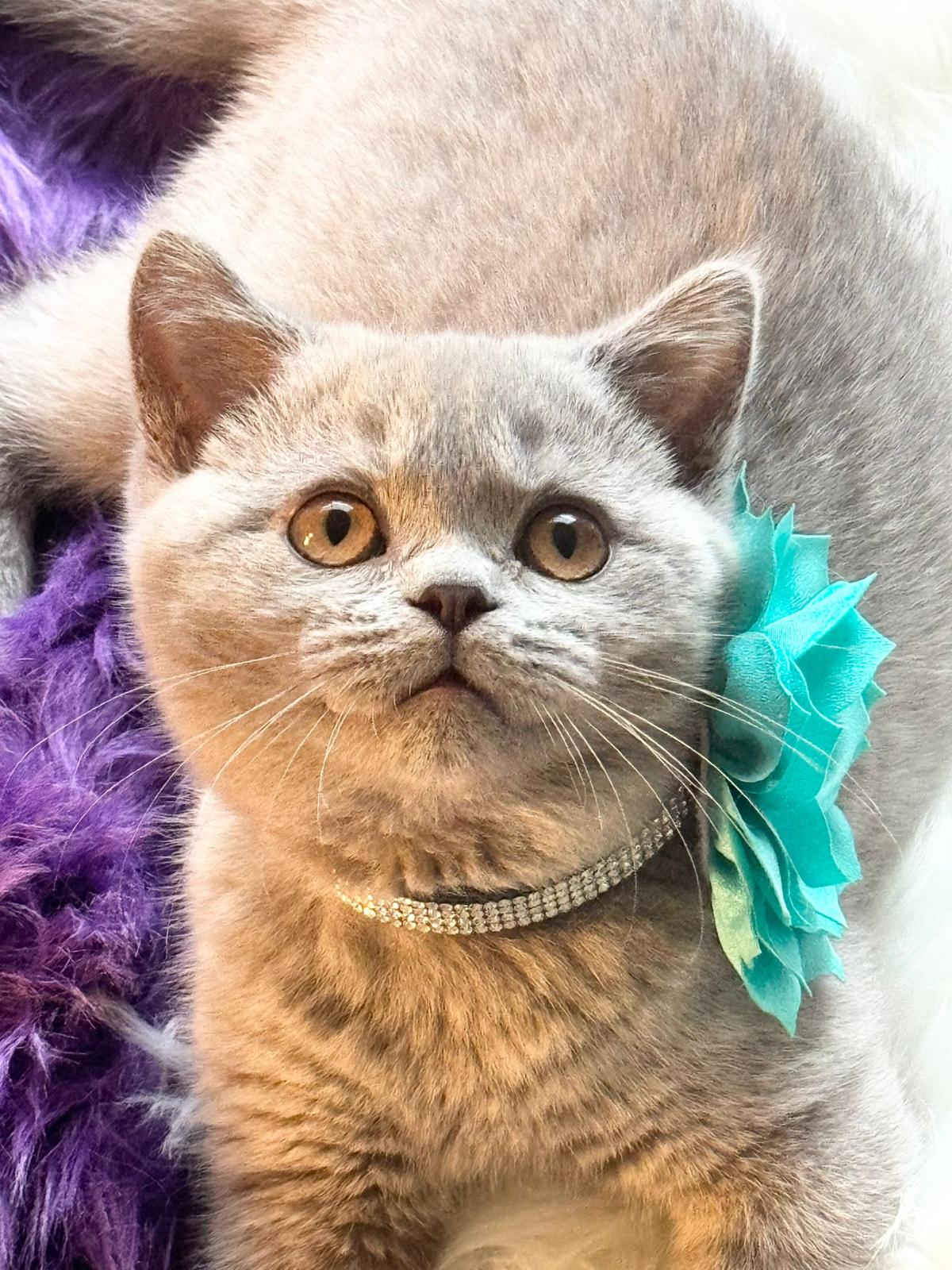
Table of Contents - About the British Shorthair Cat Breed
Introduction: British Shorthair - A Comprehensive Guide
- Brief Overview
The British Shorthair is a beloved and iconic breed known for its distinctive appearance and easygoing nature.
With a plush coat, round face, and stocky build, this breed is not only visually appealing but also makes a loyal and affectionate companion.
British Shorthairs are particularly noted for their calm demeanor and adaptability, making them ideal pets for a variety of households.
Breed History
- Origins
The British Shorthair’s origins trace back to ancient Rome, where they were likely brought to Britain by the Romans.
These cats adapted to the British climate and became valued for their hunting skills and robust health.
- Development
The breed was developed further in the 19th century, with selective breeding enhancing its distinctive features.
British Shorthairs were among the first breeds shown at cat shows in England.
Post-World War II, the breed faced a decline but was revitalized with careful breeding programs.
- Historical Significance
British Shorthairs have long been a part of British culture, often depicted in literature and art.
The breed’s enduring presence and popularity have solidified its status as a quintessentially British cat.
Physical Characteristics
- Appearance
British Shorthairs are medium to large cats with a muscular, cobby body.
They have a broad chest, strong legs, and a thick tail with a rounded tip.
Their large, round eyes and chubby cheeks give them a distinctive, appealing look.
- Coat and Colors
The British Shorthair’s coat is dense and plush, giving it a teddy bear-like appearance.
They come in a variety of colors and patterns, including blue (the most popular), black, white, red, cream, silver, and many more, with solid, tabby, and bicolor patterns.
- Body Structure
Personality and Temperament
- General Disposition
British Shorthairs are known for their calm and reserved temperament. They are affectionate without being overly demanding and enjoy spending time with their family.
- Interaction with Humans
These cats are friendly and good-natured, making them great companions for both adults and children.
They are typically not lap cats but enjoy being close to their human companions and will often follow them from room to room.
- Compatibility with Other Pets
British Shorthairs generally get along well with other pets, including dogs.
They are tolerant and patient, which helps them adapt to multi-pet households.
Health and Lifespan
- Common Health Issues
- Lifespan
The average lifespan of a British Shorthair is between 12 to 20 years, with many living healthy lives well into their late teens.
- Preventive Care
Maintaining a healthy diet, ensuring regular exercise, and scheduling routine veterinary visits are key to keeping a British Shorthair healthy. Regular dental care is also important to prevent periodontal disease.
Care Requirements
- Grooming Needs
British Shorthairs have a dense coat that requires regular brushing to remove loose hair and prevent matting. Weekly grooming is usually sufficient, but more frequent brushing may be needed during shedding seasons.
- Exercise Needs
While not overly active, British Shorthairs enjoy playtime and benefit from interactive toys and activities that stimulate their mind and body. Regular play sessions help maintain a healthy weight.
- Dietary Needs
Training and Socialization
- Trainability
British Shorthairs are intelligent and can be trained with patience and positive reinforcement. They respond well to gentle guidance and can learn tricks and commands with consistency.
- Socialization Tips
Early socialization is important to ensure a well-adjusted British Shorthair.
Exposure to different people, environments, and other animals at a young age helps them become more adaptable and confident.
- Behavioral Traits
These cats are typically quiet and undemanding.
They are independent but enjoy being part of family activities. British Shorthairs are also known for their loyalty and can form strong bonds with their owners.
Living Environment
- Ideal Living Conditions
British Shorthairs are well-suited for indoor living. They adapt well to apartments or houses and prefer a stable, calm environment. They are not particularly fond of changes and appreciate a consistent routine.
- Adaptability
While they adapt well to various living conditions, British Shorthairs thrive best in a quiet and secure environment. They can handle different climates but prefer moderate temperatures.
Breed Standards
- Official Standards
The Scottish Fold is recognized by major cat breed organizations, including the Cat Fanciers’ Association (CFA) and The International Cat Association (TICA). The breed standards for Scottish Folds are specific and include:
Head: The head should be round and massive, with a broad skull and a well-defined, rounded muzzle. The chin is firm, and the cheeks are full and round. The nose is short, broad, and straight, with a slight indentation but no break.
Ears: The ears should be small, rounded at the tips, and set wide apart on the head, fitting into the rounded contour of the face.
Body: The body is medium to large, compact, and muscular with a broad chest and strong, sturdy legs. The shoulders and hips should be equally broad, giving the cat a well-balanced appearance.
Tail: The tail is thick at the base, tapering slightly to a rounded tip. It should be of medium length, proportional to the body, and carried low.
Coat: The coat is one of the breed’s most distinguishing features. It is dense, plush, and firm to the touch, giving a crisp, padded feel. The coat should stand away from the body.
Colors: British Shorthairs come in a wide variety of colors and patterns, including solid, tabby, bicolor, tortoiseshell, and more. Blue is the most popular and recognizable color, but all colors and patterns are acceptable.
- Show Characteristics
Interesting Facts
- Fun Facts
- The British Shorthair is often thought to have inspired the Cheshire Cat in Lewis Carroll’s “Alice’s Adventures in Wonderland.”
- They are one of the oldest cat breeds, with a history that dates back to ancient Rome.
- British Shorthairs are known for their loyalty and can follow their owners around like a dog.
- Famous Cats
- One of the most famous British Shorthairs is the cat from the “I Can Has Cheezburger?” meme, which played a significant role in the early days of internet cat culture.
Click the button below to discover our British Shorthair Kittens for sale!
Some of Our British Shorthair Kittens For Sale
-
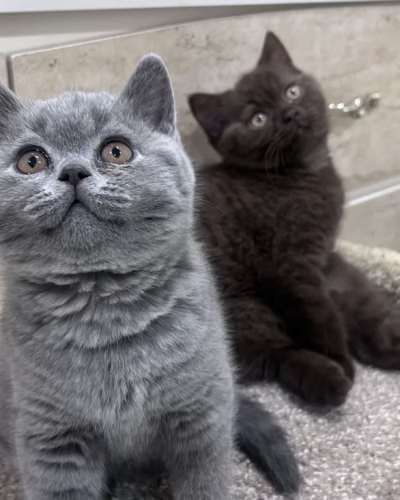
British Shorthair Kitten – Male – 00404
Request a Quote -
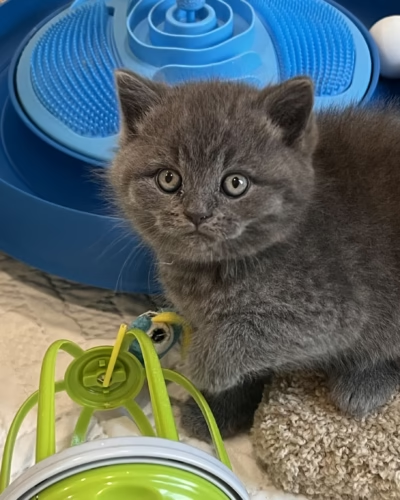
British Shorthair Kitten – Male – 00405
Request a Quote -
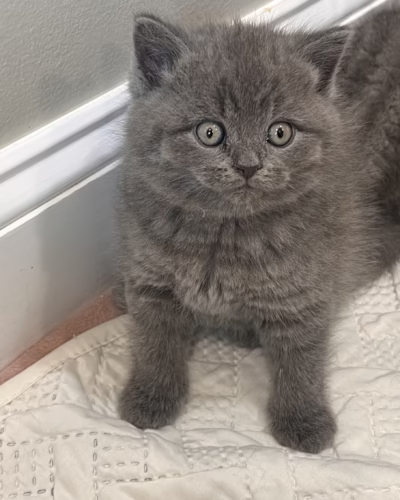
British Shorthair Kitten – Female – 00406
Request a Quote -
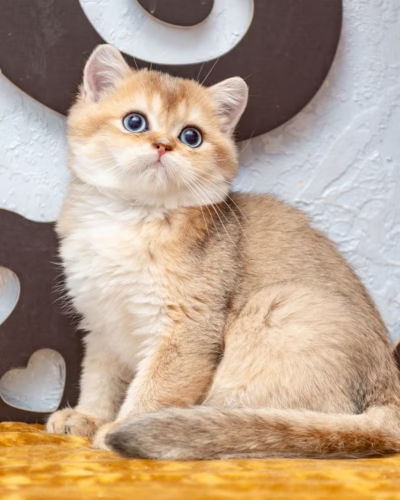
British Shorthair Kitten – Male – 00398
Request a Quote -
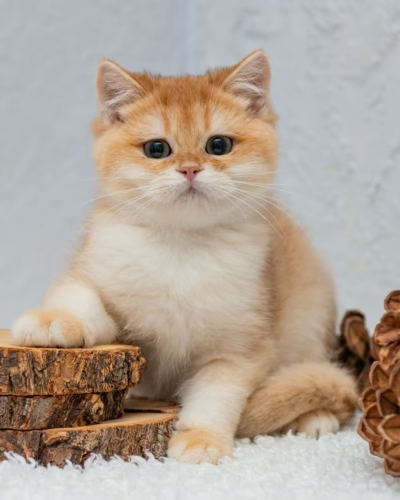
British Shorthair Kitten – Male – 00399
Request a Quote -
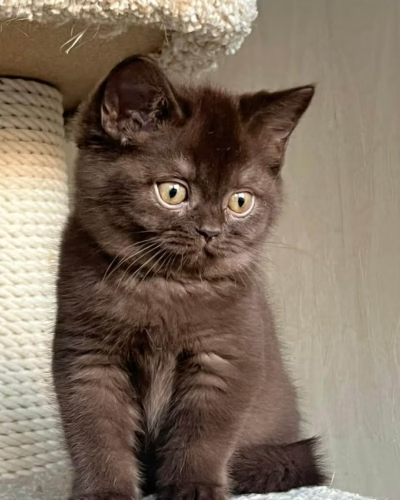
British Shorthair Kitten – Male – 00400
Request a Quote
